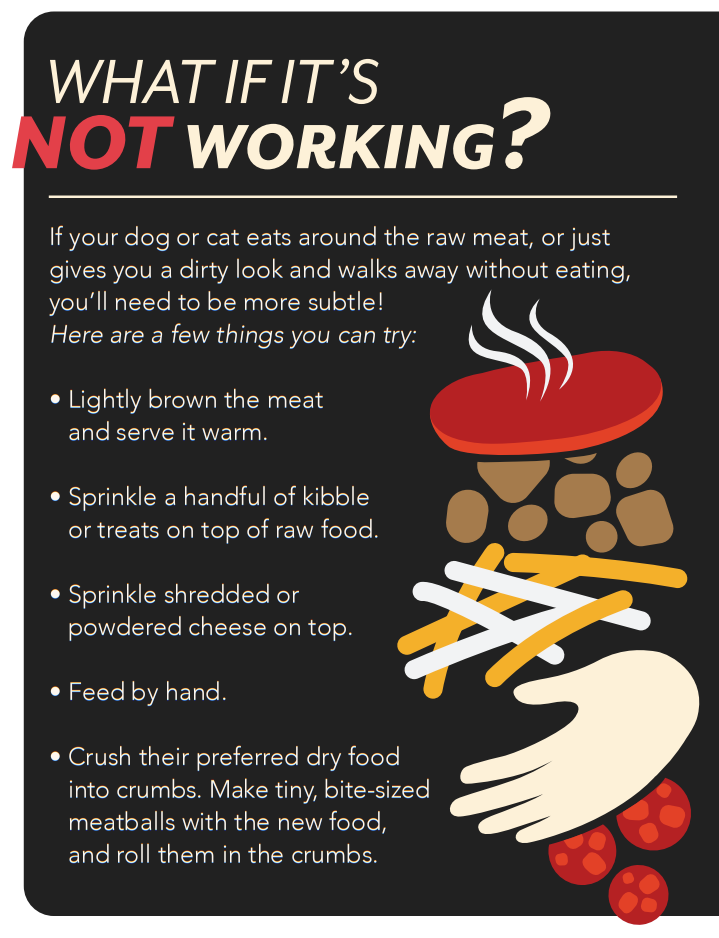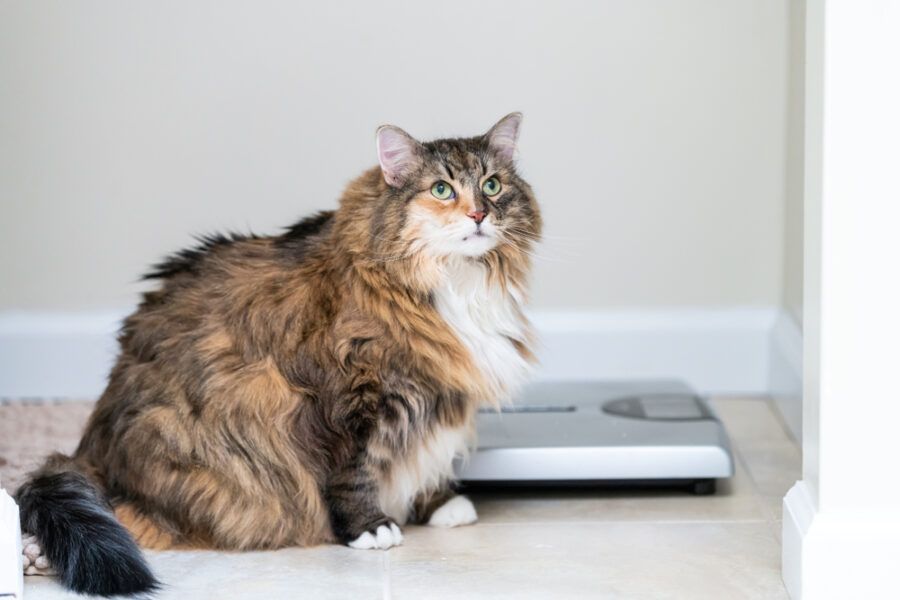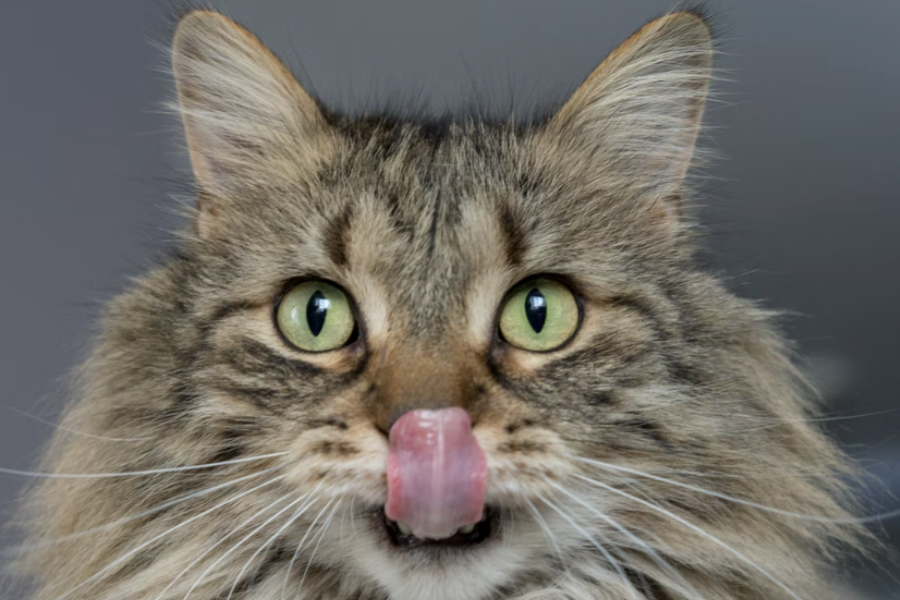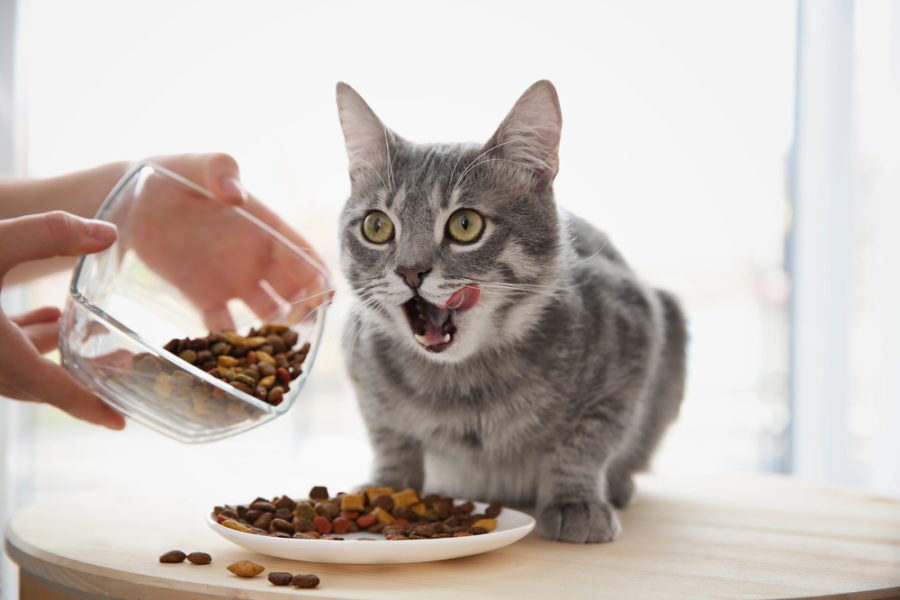Raw diets have been fed for decades, but their popularity has risen significantly in recent years. If you’re considering switching your own dog or cat to a raw diet, here’s how to go about it.
Raw meat-based diets for dogs and cats have become increasingly popular over the last number of years. Many animals thrive on these diets and enjoy a variety of benefits — from better dental health and digestion to fewer allergies, improved skin and coat condition, and good weight control. If you’re thinking of switching your own dog or cat to a raw diet, but aren’t sure how to get started, read on.
Why do so many veterinarians dislike raw diets?
If you have a conventional veterinarian, chances are he or she will to discourage you from going the raw route. In fact, the average veterinarian is against raw diets. Their opposition is based on two valid concerns:
- Raw meat is associated with bacterial contamination. It’s true that all meat is contaminated with bacteria on the surface, and in the case of ground meat, throughout the product. However, dogs and cats evolved eating raw meat, bacteria and all, and today’s animals still have the same protective gastrointestinal system as their ancestors did.
Solution: A healthy dog or cat shouldn’t get sick from eating raw meat, although your human family can. As with any meat-based meal you’re preparing for yourself, just remember to thoroughly wash your hands, utensils, bowls, and contact surfaces after handling the raw meat.
 Switching to raw can cause “diet drift.” Over time, people tend to forget supplements or may otherwise alter a good recipe, which can lead to nutritional deficiencies in their dogs and cats.
Switching to raw can cause “diet drift.” Over time, people tend to forget supplements or may otherwise alter a good recipe, which can lead to nutritional deficiencies in their dogs and cats.
Solution: If you’re home-preparing your dog or cat’s meals, be sure to follow a balanced recipe and never skip supplements. Alternatively, buy one of the growing number of packaged raw diets – most are formulated to provide complete and balanced nutrition.
With these precautions in mind, let’s look at how to get started with a raw diet.
3 steps to getting started
- First, ask yourself if you will use raw food as your dog or cat’s entire diet, feed it a few times a week, or add it as a supplement to his existing diet.
- Next, decide whether you’re going to use a packaged raw food (frozen, dehydrated, or freeze-dried) or make it yourself at home. The former is certainly a lot easier and eliminates most of problem #1 above, and all of problem #2.
- Finally, figure out how much work you want to do yourself. I initially chopped, steamed, and pureed veggies, and tortured my food processor with raw boneless chicken thighs. Later, I used ground meat and organic baby food. Putting baby food in the bowl as a base to mix in the necessary supplements and oils, before adding the meat, made the process a lot easier!
How to make the switch
- If your cat or dog is accustomed to having food available 24/7 (“free choice”), the first step is to start feeding him his regular food (not the raw diet yet) at timed meals. The total amount of food should meet his daily caloric needs; just divide it by the number of meals you plan to feed. Leave each portion down for 30 to 60 minutes two or three times a day. After the initial shock, your dog or cat will figure out this schedule very quickly!
 Timed feeding will make your animal hungrier at mealtimes, and therefore more willing to try new foods. It also allows the GI tract to rest between meals, leading to better overall digestion.
Timed feeding will make your animal hungrier at mealtimes, and therefore more willing to try new foods. It also allows the GI tract to rest between meals, leading to better overall digestion.
Hint: If you’re not already giving him prebiotics, probiotic, and digestive enzymes, now’s the time to start. These aid digestion and prevent unfortunate tummy problems.
- Once your animal is used to eating timed meals for a week or two, you can start offering a little bit of raw meat. For a cat or small dog, a small chunk or a teaspoon of ground meat is plenty to begin with.
Increase the raw meat gradually. With picky eaters, it may work better to mix it in with their regular food. I usually start with just plain meat, then follow the same process to introduce other ingredients and supplements in a gradual fashion.
- If your dog or cat eats the raw meat with his meal, great! In a couple of days, if his stool remains normal, you can start increasing the raw portions — but don’t be in a hurry! Gradually shift proportions from all old food to new. Take many small steps over time, especially if your dog or cat is older, has GI issues, or ate only dry food before. A slow transition greatly reduces the chance of tummy upset.
Again, don’t push too hard or too fast with the transition. It may take weeks, months — or longer! Most failures are due to giving up too soon. As an example, I had two cats who had equal access to all bowls. One ate the raw food immediately, and with gusto…but it took three years before the other cat took a bite of raw. Some cats are more stubborn than others, but always make sure they eat at least half their ration, whether old food or new; otherwise, they can develop a serious liver disease.
Hint: When going from an all-dry to raw diet, it may be helpful — especially for cats — to use canned food as an intermediate step. This helps their gut bacteria adjust to the higher protein and moisture that will also be a feature of a raw diet.
After any diet change, it’s important to monitor your dog or cat’s overall energy, health, coat and stool quality.
When it comes to switching your dog or cat to a raw diet, patience and persistence are the keys to success!








